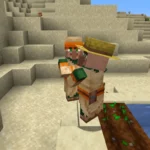Updated to 1.20
We all know how important Water is in Minecraft, and being able to make an infinite source by using just 2 Water Buckets makes everything easier. Lava is arguably not as useful, but it certainly comes in handy in many different ways.
Since a Lava Bucket can be used as fuel for Furnaces, it would be pretty great to always have a disposable source of fuel without having to mine Coal or chop trees.
Unfortunately to have an infinite amount of it is not as easy. It was actually impossible after the 1.9 patch. After the 1.17 patch it is once again possible, but now it is a bit trickier than in the past. There are a couple of different options for when you need a large amount of Lava, without the need of wandering in caves looking for it. Let’s see them.
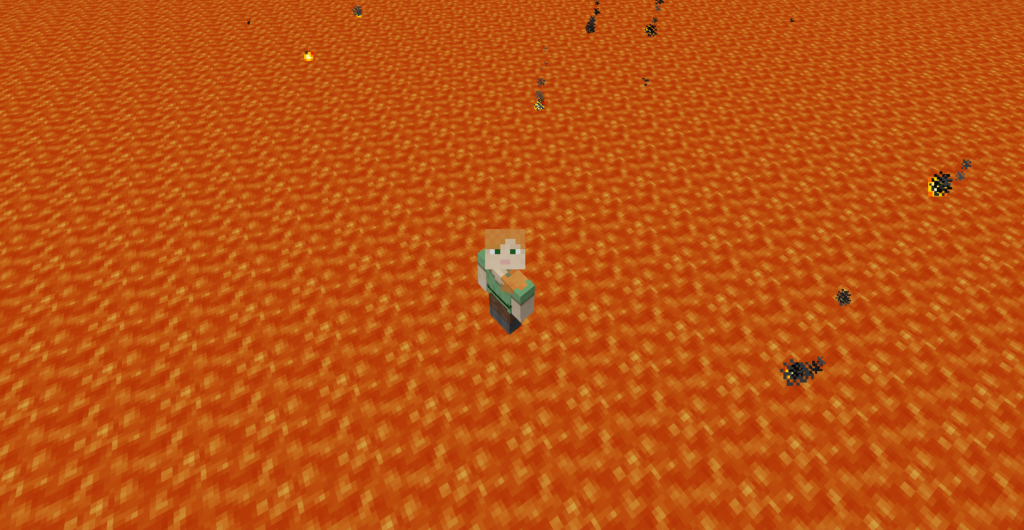
How to have infinite Lava in the past
As said before, in the past it was much easier to reach this goal. In the Minecraft earlier version known as Minecraft Classic there used to be a block called Infinite Lava Source that would simply fill the volume it was put into (related: How old is Minecraf?). Back then Minecraft was very different from what we know today and this information doesn’t help at all, but I think it’s a nice trivia.
Also, before patch 1.9 Lava used to work more or less like Water, so it was possible to make an infinite source by pouring 2 Buckets into a 4×4 closed area.
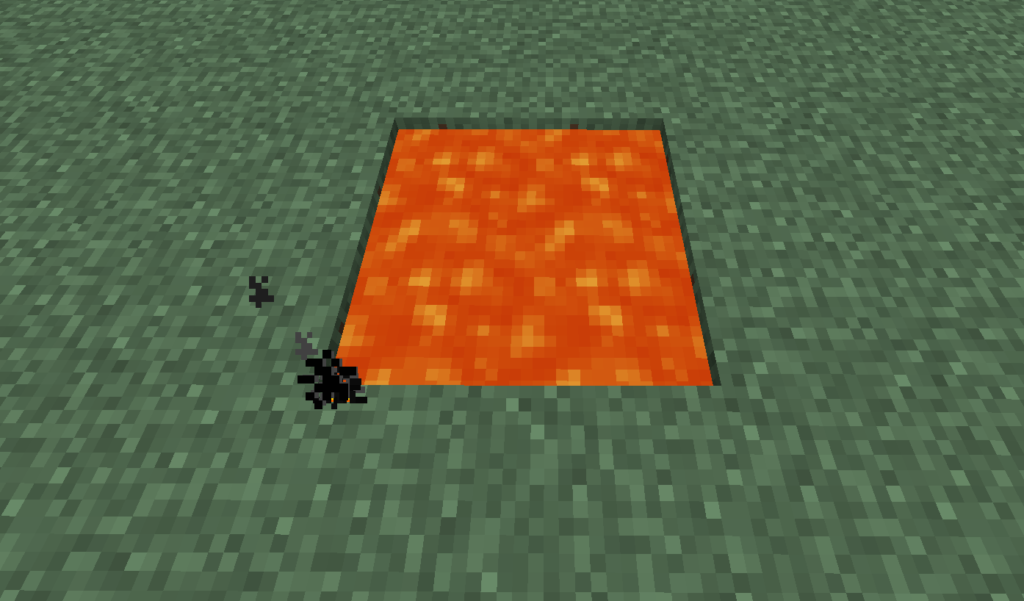
In later versions this method doesn’t work anymore though.
How to have infinite Lava – Dripstone
Thanks to the 1.17 patch it is now possible to make infinite Lava once again. It is not quick though. If you want to make Lava this way, you will need a Pointed Dripstone block, a Cauldron and a Lava Bucket.
Dripstone can be found in Dripstone clusters in caves, while to craft a Cauldron you’ll need 7 Iron Ingots placed this way in the Crafting Table:
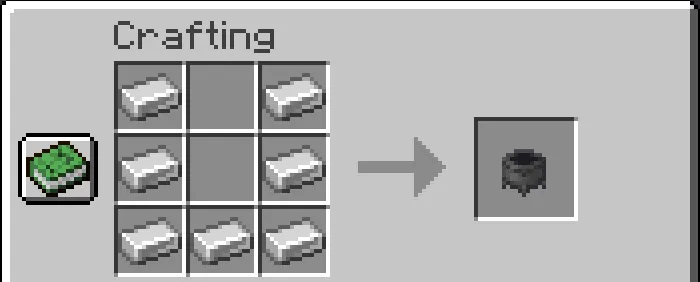
To make Lava using these elements you will need to pour the Lava Bucket on top of a solid block (anything you want, I used Glass in the screenshot below). Then you’ll need to place the Pointed Dripstone on the bottom of that solid block. You’ll notice that it will slowly drip Lava particles (once every random tick).
Then you need to place the Cauldron below the Dripstone, within 10 blocks from it and without any other block between them. Now every time a Lava particle falls from the Dripstone there is a 17% chance (45/256 to be precise) that the particle will fill one level of the Cauldron.
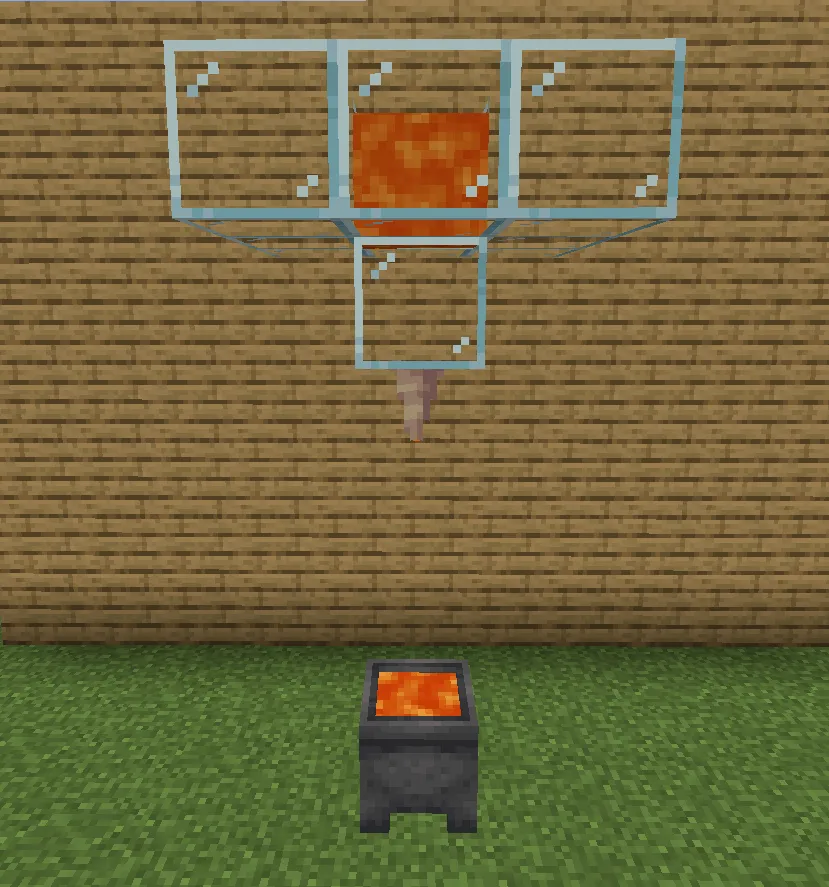
This method can be quite slow since you will need to wait a random tick (which can be sped up by using cheats, as explained in the article on Turtles Eggs). Obviously the more Dripstones+Cauldrons you use, the more Lava you will be able to produce. You can literally build a Lava farm by putting together as many of these blocks as possible.
I’ll leave here a well done video tutorial on how to find Dripstone and use it. You could find it helpful.
How to have infinite-ish Lava – the Nether
This will not give you an infinite amount, but almost. In the Nether, Lava is as common as Water is in the Overworld (after all, you can swim in both of them), so once you get there you can get any amount you need.
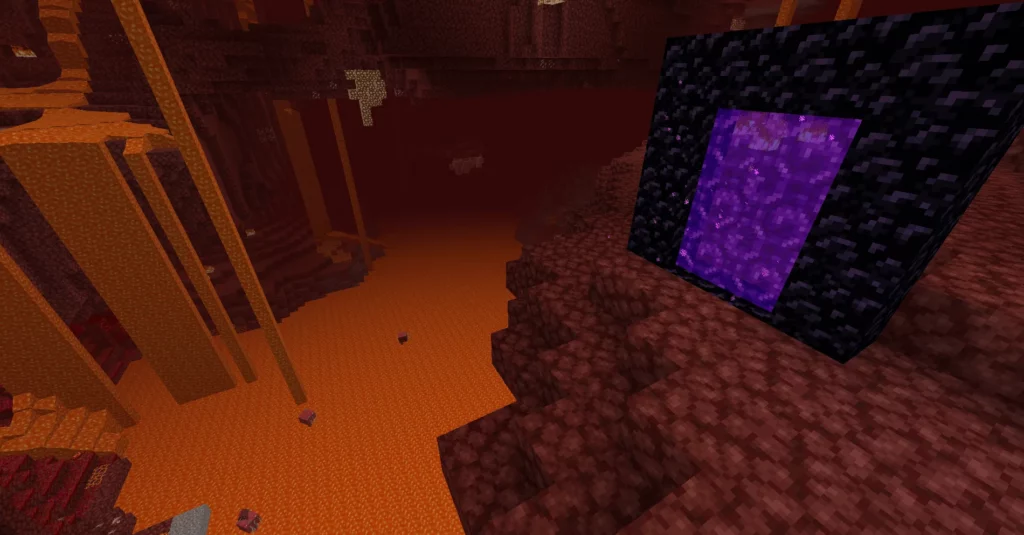
Good practices to remember are:
- build the Portal in the Overworld close to where the Lava will be needed. You can also go to the Nether using commands, as explained in Everything about Minecraft End Rod.
- bring with you 36 Buckets, which is the maximum amount you can carry (when they are filled)
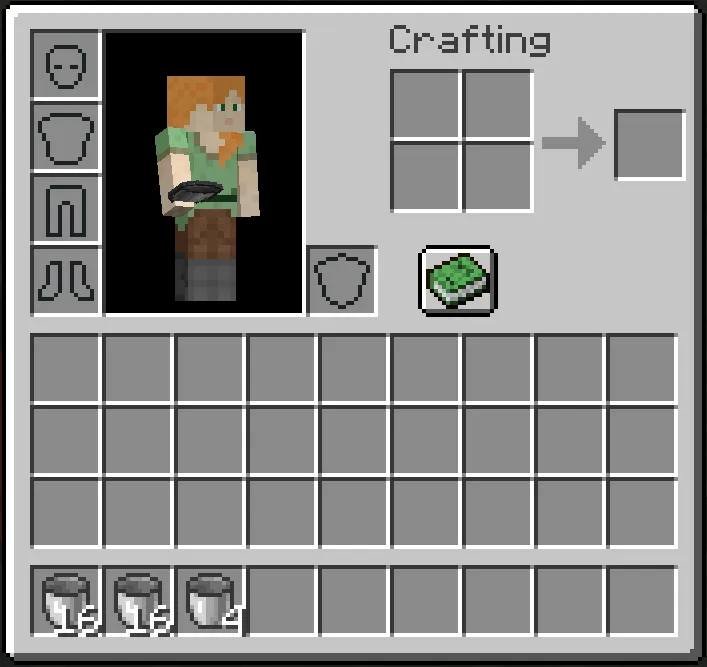
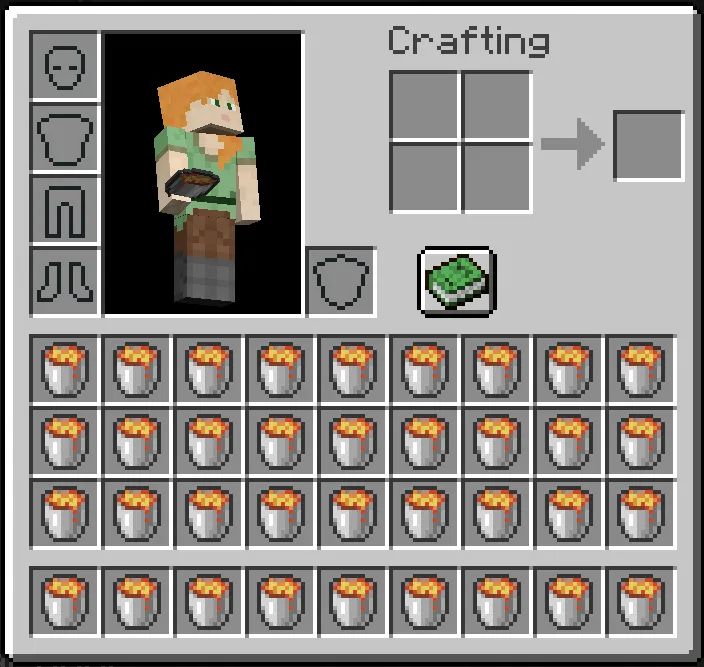
Conclusions
Both methods have their pros and cons. Even if the second method will not give you an infinite amount of Lava, it’s definitely quickier than building a Lava farm and waiting for Cauldrons to fill. But once the Lava farm is built it will give you more Lava over time and without having to make dangerous trips in the Nether.
A Lava farm is probably worth the effort if you are going to need more than 100 Lava blocks, but whatever that number is you can choose the option that you like more. Thanks for reading until the very end and I hope I’ll see you again around here. See you and take care!
You may also be interested in:
How to find and fix Minecraft level.dat file
Everything about Minecraft End Rods


